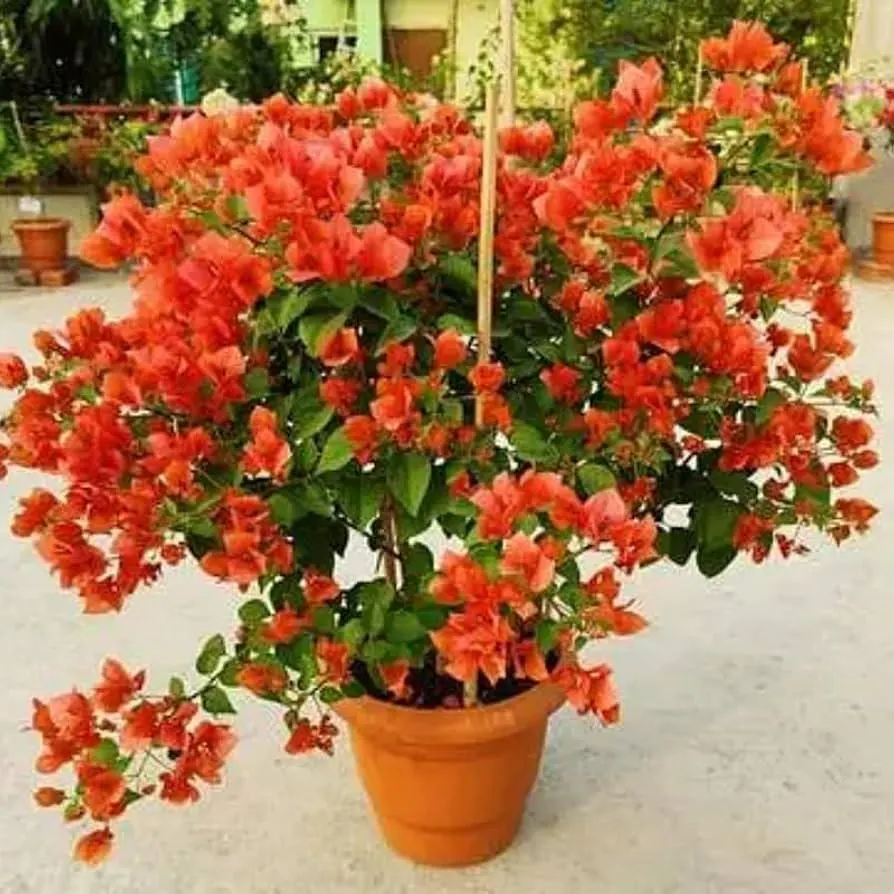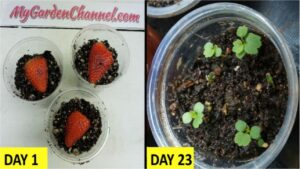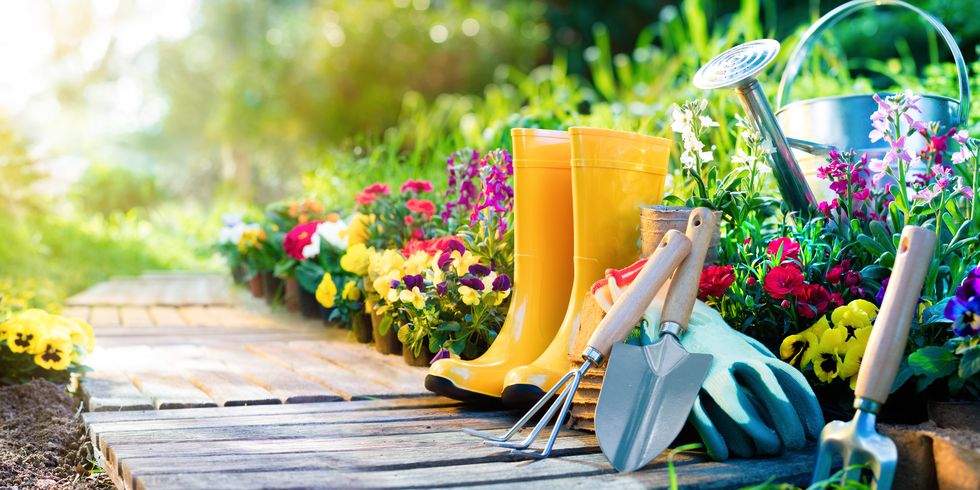The Orange Bougainvillea is a stunning, vibrant tropical plant known for its eye-catching orange bracts that surround its small, white flowers. Bougainvilleas are popular for adding bold color to gardens, balconies, and patios. These plants are hardy in warm climates but can also be grown indoors in colder regions. Here’s a detailed care guide for growing and maintaining an Orange Bougainvillea:
1. Light Requirements
- Full Sun: Bougainvilleas need plenty of sunlight to thrive and bloom profusely. Aim for 6-8 hours of direct sunlight each day for the best flowering performance.
- Indoor Lighting: If growing indoors, place the plant near a south or west-facing window. Bougainvilleas may struggle to flower with insufficient light, so make sure it gets as much sun as possible indoors.
2. Soil Requirements
- Well-Draining Soil: Bougainvilleas thrive in well-draining soil. They do best in slightly acidic to neutral soil, with a pH level between 5.5 and 7.
- Soil Mix: For container growth, use a mix of potting soil, sand, and perlite to ensure excellent drainage. Adding organic matter like compost will help the soil retain the nutrients bougainvilleas need, but avoid soil that retains too much water, as this can lead to root rot.
3. Watering Needs
- Watering Frequency: Bougainvilleas are drought-tolerant once established, but they still require regular watering during their active growing season (spring and summer). Water the plant thoroughly when the soil is dry to the touch.
- Watering Tips:
- Avoid overwatering, as this can cause root rot.
- Let the top layer of soil dry out between waterings.
- In cooler months or during dormancy (fall and winter), reduce watering. The plant will need less water during this time.
- Container Care: If growing in containers, ensure the pots have drainage holes to allow excess water to escape.
4. Temperature and Humidity
- Ideal Temperature: Bougainvilleas are best suited to warm temperatures between 60°F and 95°F (15°C to 35°C). They can tolerate high heat but are not frost-hardy.
- Cold Sensitivity: These plants are sensitive to cold and should be protected from temperatures below 50°F (10°C). In areas with frost, consider bringing the plant indoors during the winter months or growing it in a container that can be moved inside.
- Humidity: Bougainvilleas prefer moderate humidity. They are adaptable to dry conditions but should be protected from frost and excessive moisture, which can cause fungal diseases.
5. Fertilizing
- Fertilizer Type: Bougainvilleas are heavy feeders and benefit from regular fertilization. Use a balanced, slow-release fertilizer with a higher phosphorus ratio to promote blooming.
- Fertilizing Schedule: Fertilize every 4-6 weeks during the growing season (spring to late summer). Reduce fertilizing in fall and winter, when the plant is not actively blooming.
- Organic Fertilizers: You can use organic options like compost or fish emulsion for a more natural feeding routine.
6. Pruning and Maintenance
- Pruning for Shape and Size: Bougainvilleas respond well to pruning, which can help shape the plant and encourage more flowers. Prune the plant after its blooming cycle to remove dead or straggly stems.
- Pruning Time: The best time to prune is late winter or early spring before new growth begins. Cut back long, unruly vines and any dead or damaged branches.
- Deadheading: Remove spent flowers to maintain the plant’s appearance and encourage the development of new blooms.
- Caution: Bougainvilleas have sharp thorns, so be careful while pruning. Wearing gloves is recommended.
7. Potting and Repotting
- Choosing a Pot: If growing in a container, select a large pot with drainage holes. Bougainvilleas prefer to be slightly root-bound, so avoid overpotting them into excessively large containers.
- Repotting: Repot the plant every 2-3 years in the spring, especially if you notice it has outgrown its pot. Use a well-draining soil mix, and ensure the new pot allows for proper drainage.
- Container Tips: Make sure the pot has enough space for root expansion but avoid giving it too much room, as Bougainvilleas bloom best when their roots are slightly confined.
8. Pests and Diseases
- Common Pests:
- Aphids and mealybugs can be problematic, especially on new growth. Use insecticidal soap or neem oil to treat infestations.
- Spider mites may also be a concern in dry conditions. Regularly inspect the undersides of the leaves for signs of webbing.
- Fungal Diseases: Bougainvilleas can be susceptible to powdery mildew and other fungal infections in overly humid or wet conditions. Ensure good air circulation and avoid overhead watering.
- Root Rot: Poor drainage and overwatering can lead to root rot. Make sure the plant is in well-drained soil and that the pot has drainage holes.
9. Blooming
- Flowering Time: Bougainvilleas typically bloom from spring to fall. The plant’s colorful bracts (which are modified leaves) can last for several weeks.
- Encouraging Blooms: Bougainvilleas bloom best when they are stressed slightly, so avoid over-fertilizing and ensure they get plenty of sun. A dry spell followed by a good watering often triggers blooms.
- Watering and Sunlight: Ensure the plant receives plenty of sun and is not overwatered, as these conditions encourage more blooming.
10. Winter Care
- Indoor Winter Care: If you live in a colder climate, bring your Bougainvillea inside during the winter months. Place it in a bright spot, ideally near a south-facing window, where it will still get plenty of sunlight.
- Temperature Protection: Keep the plant in a room where temperatures stay above 50°F (10°C). Protect it from drafts and heaters, which can dry the air and cause stress.
- Watering Indoors: Water less frequently during winter, as the plant will go into a semi-dormant state and require less moisture.
11. Toxicity
- Non-Toxic to Pets: Bougainvilleas are non-toxic to both cats and dogs, but their thorns can cause injury if your pet gets too close.
Conclusion
The Orange Bougainvillea is a striking addition to any garden or home, with its bold and colorful blooms that add instant vibrancy. With the right care, this hardy plant can flourish and bloom for months at a time. Whether grown indoors or outdoors, Bougainvilleas are relatively low-maintenance once established, making them a rewarding plant for both beginner and experienced gardeners.
Proudly powered by WordPress






